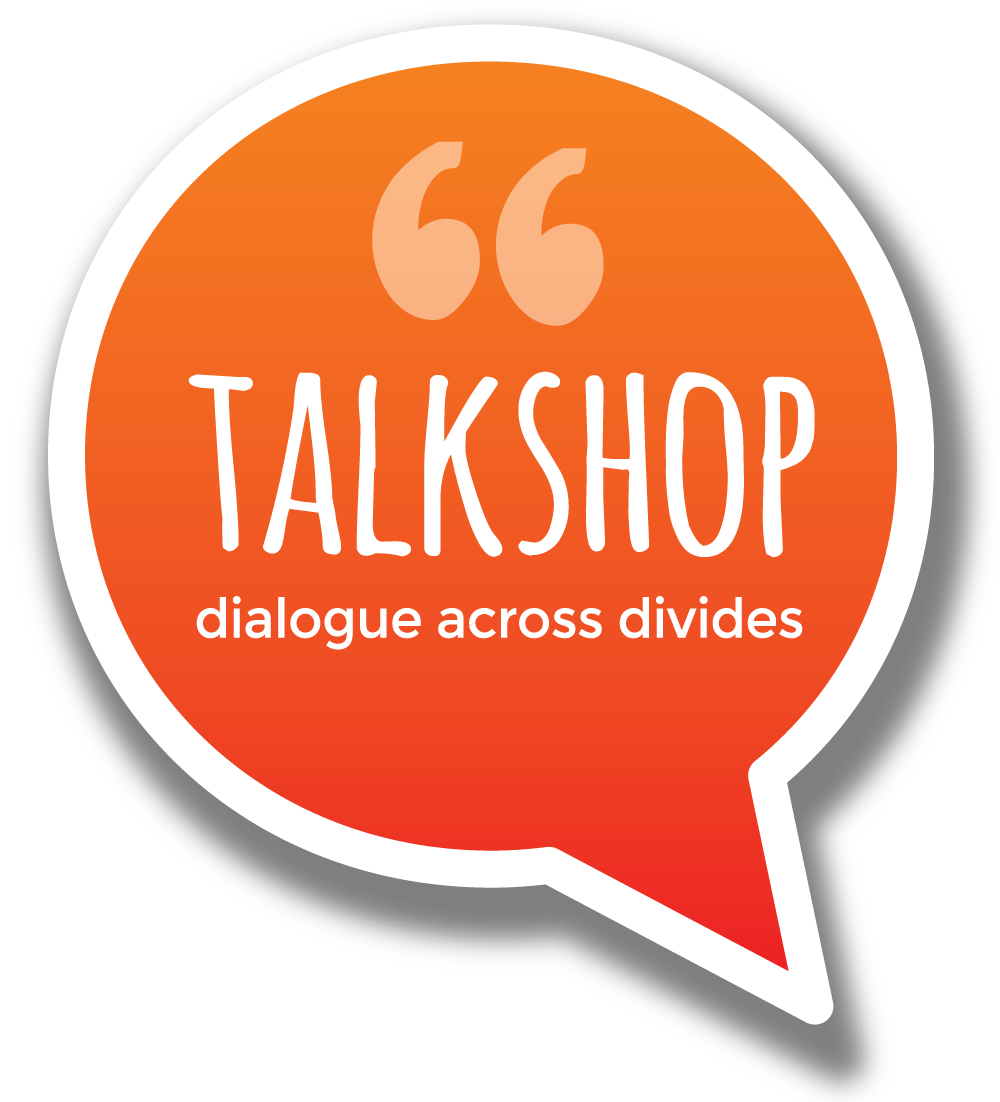Perry Walker writes
Introduction
Actually, the title’s a bit of a liberty. This article is not about Salzburg, where the Sound of Music is set. Rather, it concerns Vorarlberg, the Western-most state of Austria, which shares borders with Germany, Switzerland, and Liechtenstein. It is a small state, with fewer than 400,000 inhabitants.
Why Citizens Councils (Bürgerrat in German)? Well, suppose the Win-Win Workout was adopted by some part of the British system of governance. How would that work? Vorarlberg is one model we can learn from. I’m not saying, by the way, that any organisation that took up the Win-Win Workout could simply copy the Vorarlberg model. It certainly could not. But it would find some clues there.
I’d better say what this article is not about. It is not about the method that Citizens Councils use. This is called Dynamic Facilitation. If you want to know how it works, there’s a good article about it in Participedia. Rather, this article is about the structures of governance.
What happens in Vorarlberg
A Citizens Council can be called for by the State Government or by a petition of 1,000 citizens. It is managed by the Office of Future-Related Issues. Councils can cover state-wide issues, as below. Or they can take on local issues. In 2013, three municipalities each held a Council on how to deal with the architectural remains of two concentration camps and a Nazi regime weapons factory.
The state-wide issue comes from June 2015. A Council was convened to consider two questions:
- How should Vorarlberg best receive refugees?
- How can the interactions between refugees, citizens, experts, media outlets, government, and other institutions best be facilitated?
The members of the Council were chosen by random selection. There were twenty-three of them, eleven women and twelve men. The youngest was eighteen, the oldest seventy-five. They met for a day and a half. They produced a series of recommendations, by consensus. (The recommendations were advisory: not all of them were adopted by the State Government.)
Over the following week there were two Citizen Cafés, which followed the World Café model. The findings of the Citizen Council were presented to the public and to stakeholders. Usually 50 – 100 people attend such meetings. The Cafés in this case focused on two points. First, the role of local communities in receiving and supervising refugees. Second, the importance of the flow of information and the opportunities for encounters between residents and refugees. Suggestions at these events were added to those that had emerged from the Council.
A “Responder Team” was created to track the policy recommendations as they moved through the administrative system. This group included a volunteer from the Citizen Council, as well as representatives from the various government agencies and non-profits that needed to be involved in implementing the Council’s recommendations. The Team held a public meeting in July.
All four meetings were documented. Subsequently, regular coordination meetings between stakeholders were established. The Vorarlberg State Parliament undertook to review what had been done as a result in the autumn.
A video has been made about this Council.
These Councils began in Vorarlberg in 2006. They were so successful that they inspired an addition to the State constitution: ”The state of Vorarlberg wants to focus on a participatory democracy”. Another sign of success is that they have spread into other parts of Austria and into Germany.
